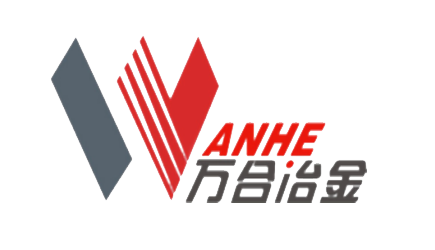Tension Leveling Unit
The skin-pass mill (tension-bending straightener) is a critical piece of equipment in continuous hot-dip galvanizing lines for strip steel, widely used to enhance the flatness and material properties of thin plates.
Category:
Keywords:
Tension Leveling Unit
Cold-rolled strip undergoes either two-bend-one-straightening or two-bend-two-straightening tension-leveling to improve the flatness of the cold-rolled sheet and optimize its performance. Electrostatic oiling can be added when necessary, ensuring clean and perfectly smooth sheet surfaces. This process is suitable for general carbon steel strips, stainless steel strips, as well as copper and aluminum strips.
Common configurations include two-bend-two-correction, two-bend-one-correction, and one-bend-one-correction, with the two-bend-one-correction method being the most widely used. The equipment primarily consists of two sets of bending rolls, one set of straightening rolls, guide rolls, roll-changing mechanisms, and a roll-lifting system. Some production lines are equipped with an integrated wet-spraying system within the frame, enabling wet stretching and straightening operations to enhance surface treatment outcomes. For thin plates thinner than 0.8 mm, traditional multi-roll straightening often proves ineffective. In contrast, stretch-bend straightening—by combining longitudinal and transverse deformations—can significantly improve plate shape quality. Moreover, this method requires only about 1/3 to 1/5 of the tension needed for pure tensile straightening, making it currently the most effective straightening technique available.
Unit process flow:
Coil uncoiler → Two-roll pinch feeder → Hydraulic shear → Welding machine → Inlet S-roller → Tension-leveling machine → Outlet S-roller → Oil-coating machine → Hydraulic shear → Coiler (floating).
Unit process parameters:
Ingredients |
Board width |
Board thickness |
Craft Speed |
Elongation |
Cold-rolled steel sheets, galvanized steel sheets, copper strips, and aluminum strips |
300–1500 mm |
0.15 to 1.5 mm |
30–200 m/min |
0.3% to 3% |
Previous page
Next page
Previous page
Open and rewind
Next page
Aluminum alloy casting is a manufacturing process that involves pouring molten aluminum alloy into a mold, allowing it to cool and solidify into the desired part shape. It is widely used in industries such as automotive and aerospace. The main casting methods include sand casting, metal die casting, die casting, and low-pressure casting, each suited to different levels of complexity and production volumes—for instance, sand casting is ideal for large components, while die casting enables high-precision, high-volume production.
CNC machining is a modern mechanical processing technology that achieves high precision and efficiency through computerized, digital control. As a core component of advanced manufacturing techniques, it is rapidly advancing toward even greater precision, higher efficiency, and increased intelligence—making it an indispensable key technology in today’s industrial manufacturing.
CNC machining is a modern mechanical processing technology that achieves high precision and efficiency through computerized, digital control. As a core component of advanced manufacturing techniques, it is rapidly advancing toward even greater precision, higher efficiency, and increased intelligence—making it an indispensable key technology in today’s industrial manufacturing.
The hydraulic three-way valve is a critical component used in hydraulic systems to control fluid flow direction. It features three ports, enabling functions such as fluid diversion, confluence, or directional switching.


